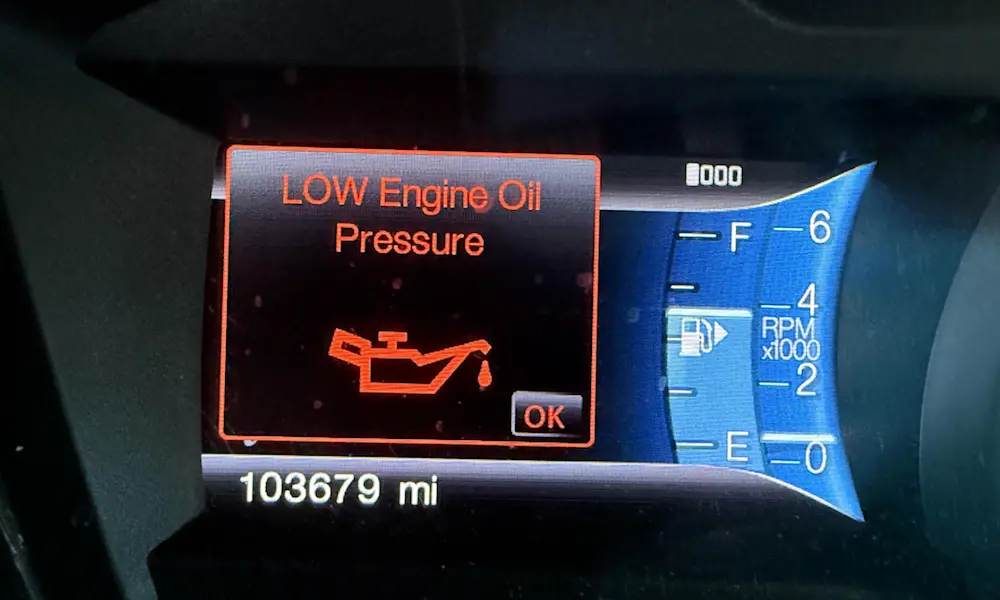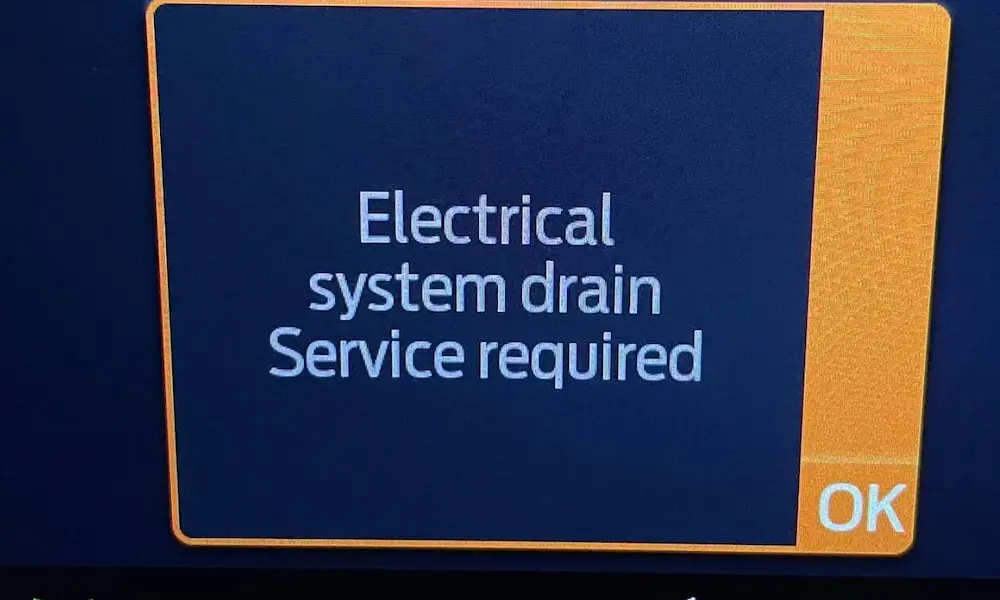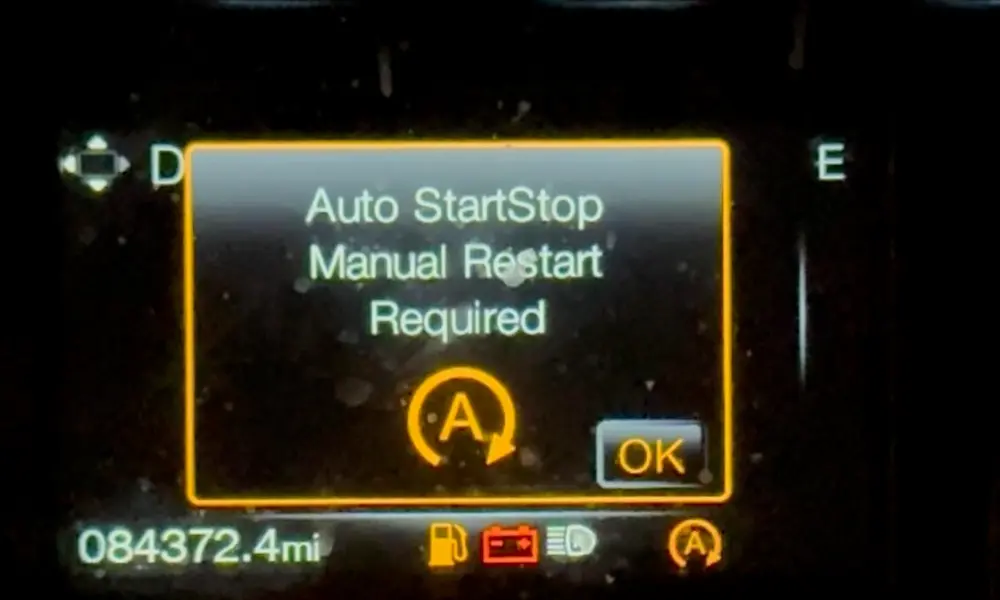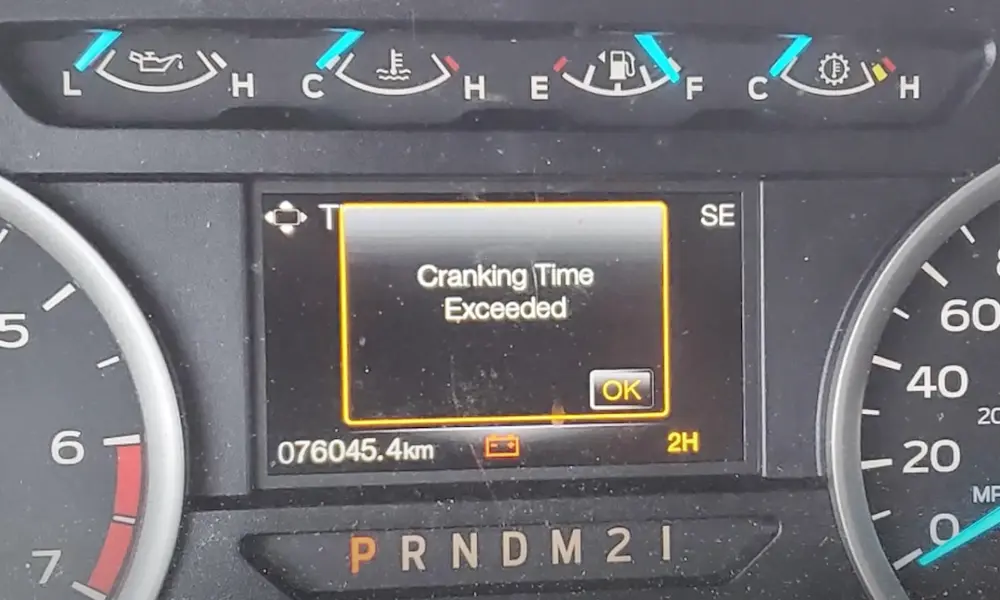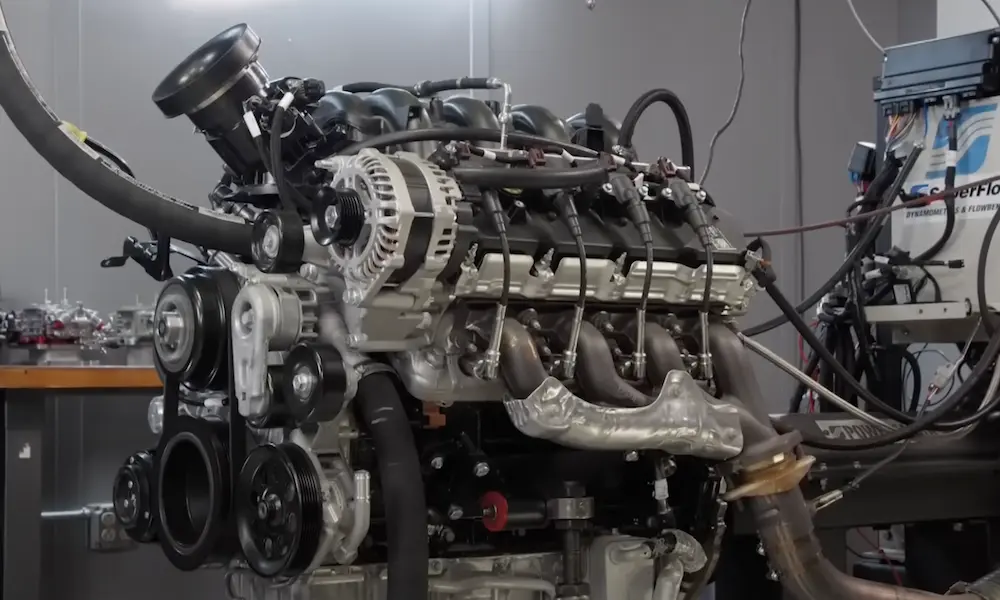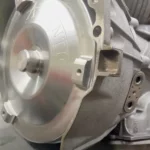Is your Ford vehicle shifting awkwardly? Those hesitations, harsh shifts, or delayed responses might mean it’s time for a transmission reset. Your Ford’s adaptive learning transmission is designed to match your driving habits, but sometimes it needs a fresh start.
What Is a Ford Adaptive Learning Transmission?
Ford’s adaptive transmissions continuously adjust shift patterns based on your driving style. Think of it as a smart system that remembers how you drive. The Transmission Control Module (TCM) stores this data in adaptive tables to optimize:
- When shifts happen (based on speed and throttle position)
- How smooth or firm each shift feels
- When the torque converter locks up
- How much pressure applies during gear changes
These tables can get “confused” after repairs, when multiple people drive your vehicle, or simply over time. That’s when a reset becomes necessary.
Signs Your Ford Transmission Needs a Reset
You might benefit from an adaptive transmission reset if you notice:
- Delayed engagement when shifting from Park to Drive
- Harsh or abrupt shifts between gears
- Hesitation when accelerating
- Inconsistent shift points
- Shifting occurs too early or too late
- Strange behavior after transmission service or repair
These symptoms don’t always mean mechanical problems—sometimes the TCM just needs to relearn your driving habits with fresh data.
Official Ford Transmission Reset Methods
There are several approaches to reset your Ford’s adaptive transmission, depending on your model and available tools.
Method 1: Using Diagnostic Tools
This is the most direct and effective approach:
- Connect an OBD-II scanner with Ford-specific capabilities
- Access the Transmission Control Module (TCM)
- Select the option to clear adaptive values or reset transmission adaptations
- Follow the on-screen prompts to complete the reset
Popular diagnostic tools include:
| Tool | Pros | Cons |
|---|---|---|
| FORScan | Affordable, Ford-specific, detailed access | Requires compatible adapter, learning curve |
| Professional Scan Tool | Comprehensive capabilities, user-friendly | Expensive, may be overkill for simple resets |
| Ford IDS System | Factory-level access, complete functionality | Very expensive, dealership equipment |
Method 2: Battery Disconnect Method
This approach is more basic but can work for many models:
- Turn off the vehicle completely
- Disconnect the negative battery terminal
- Press the brake pedal for 30 seconds to drain residual power
- Wait at least 30 minutes (some mechanics recommend leaving it overnight)
- Reconnect the battery
- Start the vehicle and allow it to run for several minutes before driving
This method resets not just the transmission but other vehicle systems too, so you might need to reprogram radio presets and other settings.
Model-Specific Relearn Procedures
After resetting adaptive tables, your transmission needs to relearn appropriate shift patterns. Ford has specific relearn procedures for different transmission models.
10R80 Transmission (F-150, Mustang)
The official Ford procedure for 10R80 transmissions involves:
- Clear DTCs and Transmission Adaptive Tables using your scan tool
- Drive until the engine and transmission reach normal operating temperature
- Accelerate using light throttle (about 15%), ensuring upshifts from 1st through 8th occur between 1300-1600 rpm
- Continue accelerating to 55 mph until the 8-9 and 9-10 shifts complete
- Brake gently to a complete stop and hold for 5 seconds
- Shift to Neutral (wait 1 second)
- Shift to Reverse (wait 2 seconds)
- Shift to Neutral (wait 1 second)
- Shift to Drive (wait 2 seconds)
- Repeat steps 3-9 six more times (total of 7 cycles)
This procedure must be done on a level road, taking approximately 15-30 minutes of dedicated driving.
6R80 Transmission (Older F-150s, Expeditions)
For the 6R80 transmission, follow these steps:
- After resetting adaptive tables, start the engine without pressing the accelerator
- Allow the vehicle to idle for 5 minutes
- Drive normally through all gears, ensuring you experience both light and medium acceleration
- Include both city and highway driving if possible
- Complete at least 10 full stops from various speeds
- Drive for a total of 20-30 miles to allow complete relearning
8F35 Transmission (Focus, Fusion, Escape)
The 8F35 transmission relearn process includes:
- Reset the adaptive values using your preferred method
- Drive the vehicle through each forward gear
- Make sure to include varying acceleration rates and speeds
- Perform at least 5 stop-and-go cycles
- Include highway driving if possible
- Complete the full drive cycle within a single trip if possible
Using FORScan for Transmission Reset
FORScan has become a popular tool among Ford owners for transmission resets. Here’s how to use it:
- Purchase a compatible OBD-II adapter (ELM327-based or similar)
- Download and install FORScan software on your computer
- Connect the adapter to your vehicle’s OBD-II port and your computer
- Launch FORScan and connect to your vehicle
- Navigate to the TCM module
- Select “Service Functions” or “Service Procedures”
- Choose “Reset Adaptive Tables” or similar option
- Confirm and complete the reset
- Follow the appropriate relearn procedure for your transmission
FORScan offers additional benefits beyond simple resets—you can monitor transmission parameters in real-time and access Ford-specific modules that generic scan tools can’t reach.
Common Mistakes When Resetting Ford Transmissions
Avoid these errors when performing your transmission reset:
- Skipping the relearn procedure: Simply clearing adaptive tables isn’t enough—the transmission must relearn through specific driving patterns.
- Incomplete relearn cycles: Many owners (and even some mechanics) don’t follow the full procedure, leading to temporary improvements followed by returning issues.
- Aggressive driving during relearning: Using heavy throttle during relearn can cause the transmission to adapt to aggressive patterns rather than establishing smooth baselines.
- Expecting immediate results: Complete adaptation can take several days and hundreds of miles of driving.
- Resetting unnecessarily: Frequent resets prevent the transmission from fully optimizing for your driving style.
When a Reset Won’t Help
While a transmission reset can resolve many shifting issues, it won’t fix:
- Mechanical failures or damaged components
- Low transmission fluid levels or contaminated fluid
- Faulty solenoids or sensors
- Internal transmission wear
- Electrical issues affecting the TCM
If shifting problems persist after a proper reset and relearn procedure, your vehicle likely needs professional diagnosis and repair.
Maintaining Your Ford’s Transmission After Reset
After resetting your transmission, follow these best practices:
- Use the recommended transmission fluid type
- Service the transmission at Ford-recommended intervals
- Drive moderately during the initial break-in period after a reset
- Avoid towing heavy loads until adaptation is complete
- Consider fluid changes more frequently if you drive in severe conditions
Professional vs. DIY Reset
Should you reset your Ford’s transmission yourself or take it to a professional?
| DIY Reset | Professional Reset |
|---|---|
| Cost-effective (tools pay for themselves) | Expertise ensures proper procedure |
| Convenient on your schedule | Access to factory diagnostic equipment |
| Learning experience | Complete service includes fluid check |
| Can be done regularly as maintenance | Can diagnose underlying issues |
| Requires research and careful procedure | Shop may not follow complete relearn cycles |
For technically inclined owners, DIY resets using tools like FORScan offer excellent results. For those less comfortable with vehicle diagnostics, a dealership or transmission specialist is a better choice.
Advanced Techniques for Optimizing Transmission Performance
Beyond basic resets, some Ford owners report success with these approaches:
Throttle Position Sensor (TPS) Relearn
- Turn the key to “On” without starting the engine
- Slowly press the accelerator pedal all the way to the floor
- Hold for 5 seconds at full throttle
- Slowly release the pedal completely
- Turn the key off for 10 seconds
- Start the vehicle and check for improved throttle response
Strategic Adaptive Learning Management
Some owners of performance-oriented Fords follow this approach:
- Reset adaptive tables
- Complete the official relearn procedure
- Drive aggressively through all gears during a specific session
- Use FORScan to disable further adaptive learning
- This “locks in” the preferred shift characteristics
This technique is controversial but some enthusiasts swear by it for maintaining sportier shift patterns.
The Technical Side of Adaptive Learning
Ford’s adaptive transmission technology uses multiple sensors to gather data, including:
- Engine speed and load
- Vehicle speed
- Throttle position
- Transmission fluid temperature
- Brake application
- Shift times and quality
- Torque converter slip
The TCM analyzes this data to build shift schedules tailored to your driving. When inconsistencies arise between learned patterns and current conditions, shift quality suffers—which is why resets can be so effective.
Why Factory Procedures Matter
Many Ford owners report that dealerships sometimes skip the full relearn procedure after transmission service. This explains why some experience initial improvement followed by returning issues.
The comprehensive relearn cycles established by Ford engineers are designed to create baseline shift parameters that align with both mechanical conditions and driving habits. Following these procedures completely is crucial for lasting improvement.
It’s worth noting that the official procedures are time-consuming—the 10R80 procedure alone takes up to 30 minutes of dedicated driving patterns. This time requirement likely contributes to shortcuts taken in service environments.
Transmission Reset as Preventive Maintenance
Some Ford owners perform adaptive transmission resets as regular maintenance:
- After transmission fluid changes
- When switching between summer and winter driving conditions
- When transitioning between towing and daily driving
- Every 30,000 miles as general maintenance
While not officially recommended by Ford, these preventive resets can help maintain optimal shift quality throughout the vehicle’s life.
By understanding your Ford’s adaptive transmission system and knowing how to properly reset and relearn shift patterns, you can maintain better performance, potentially extend transmission life, and avoid unnecessary repair costs.


